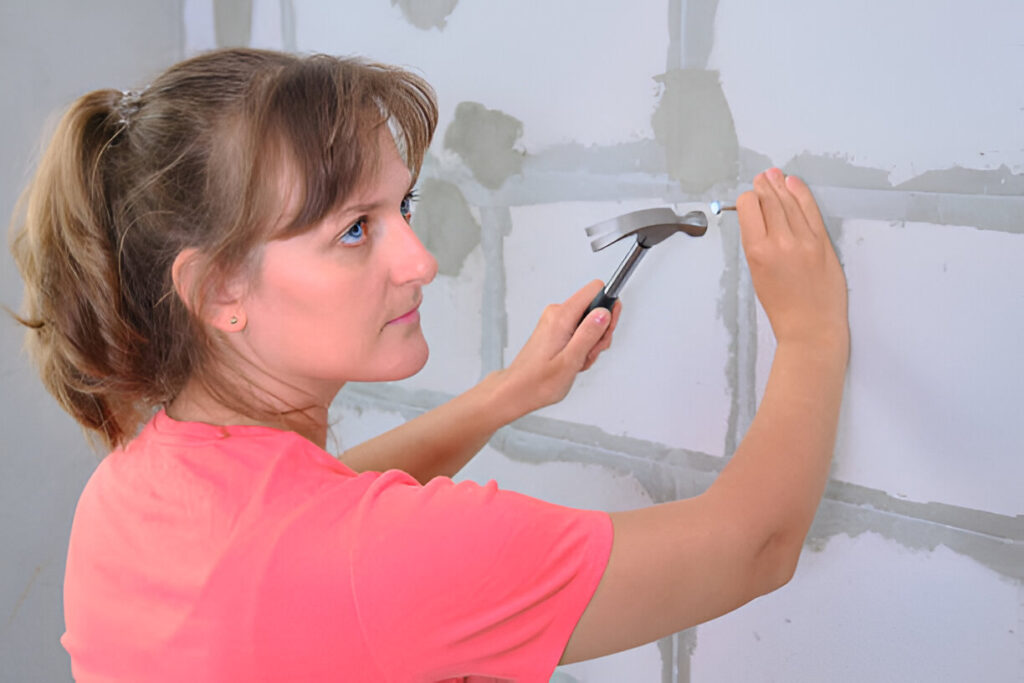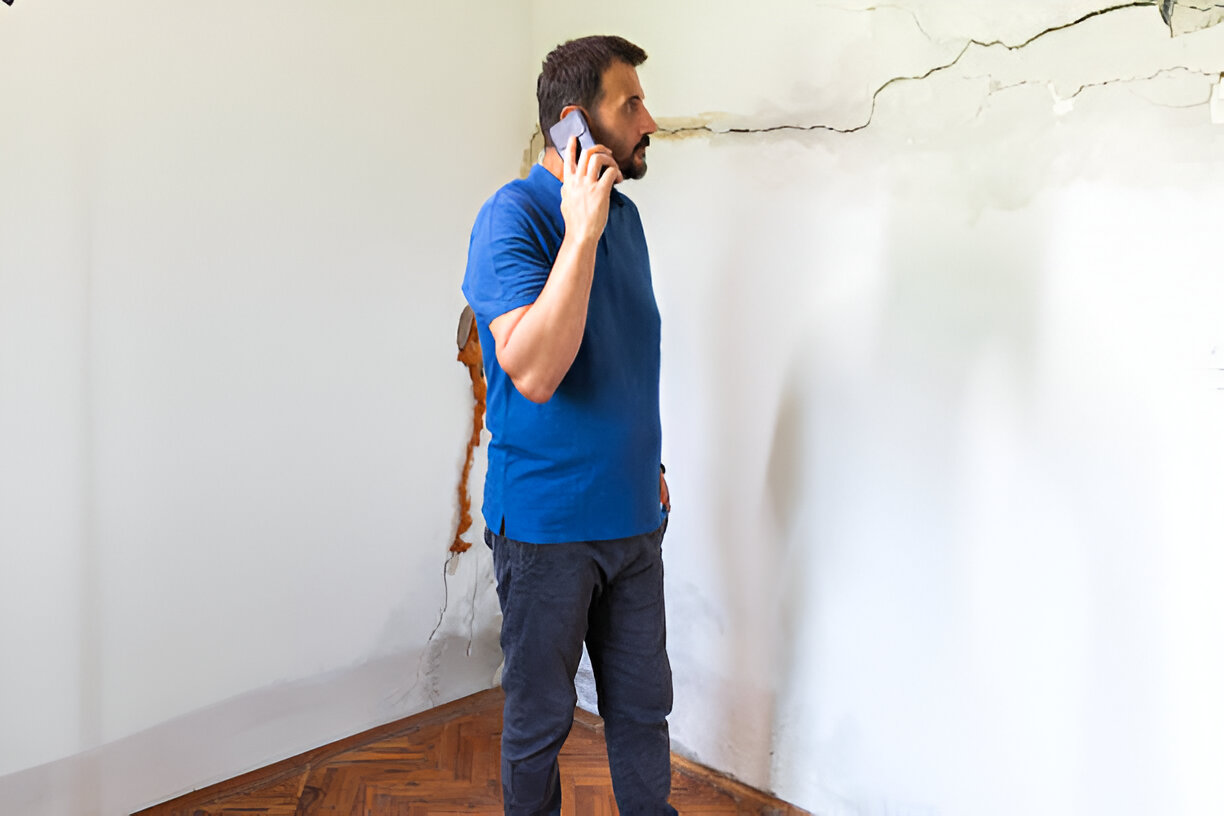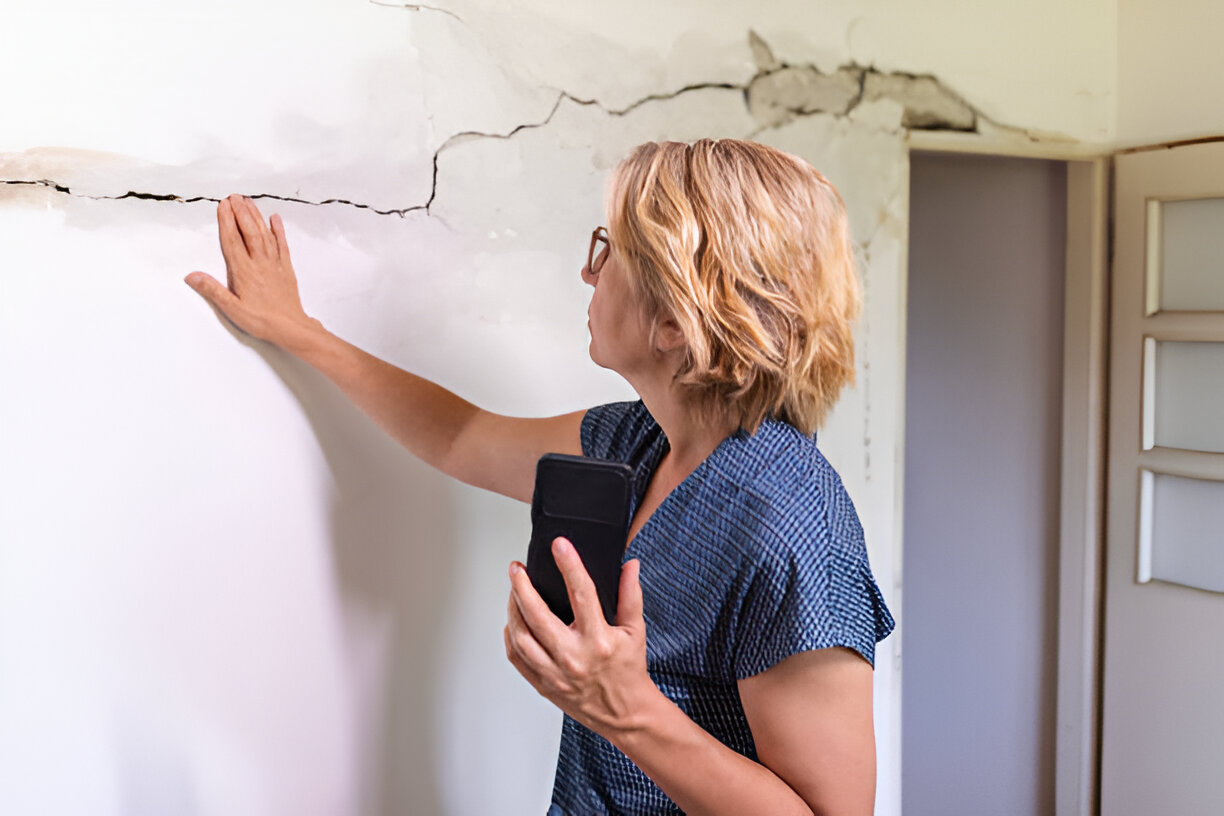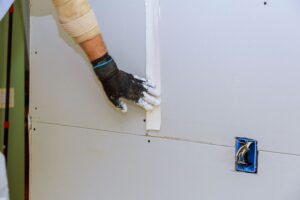Drywall cracks might seem minor at first, but in a climate like San Diego’s—where temperatures fluctuate and humidity levels vary—they can quickly develop into more serious issues. Whether you’re a homeowner, property manager, or renter, addressing drywall cracks early can prevent costly repairs and preserve the structural integrity of your space. In this comprehensive guide, we’ll cover why cracks appear, how to identify different types, methods for repair, and when to contact a professional like SGP Drywall.
Why Do Drywall Cracks Appear in San Diego?
Drywall cracks are often caused by a combination of environmental and structural factors. San Diego’s coastal climate contributes to these conditions in unique ways:
Temperature Swings: While San Diego’s temperatures are mild, daily fluctuations can cause building materials to expand and contract.
Humidity Variations: Proximity to the ocean brings increased moisture in the air, which can be absorbed by drywall.
Home Settling: Most buildings settle over time, shifting slightly and putting stress on drywall seams.
Poor Installation: Inadequately taped joints or insufficient fastening can leave drywall more susceptible to cracking.
By understanding these causes, you can take proactive steps to mitigate damage.
Types of Drywall Cracks You Might See
Hairline Cracks
Thin, superficial cracks often appear near door frames and windows. These are common and usually not structural.
Seam Cracks
These cracks form along the joints between drywall sheets and can be a sign of tape separation or framing movement.
Corner Cracks
Often found in high-traffic areas or corners with poorly secured drywall. They may indicate a deeper structural issue.
Nail or Screw Pops
These small bumps or indentations result from fasteners pulling away from studs, often due to expansion and contraction.
To learn more about the repair options for each type, visit our Drywall Repair service page.

How to Fix Minor Drywall Cracks (DIY Tips)
For small, non-structural cracks, a DIY fix is often sufficient. Here’s a step-by-step approach:
Materials You’ll Need:
Utility knife
Joint compound
Sandpaper (fine-grit)
Putty knife
Paint and primer
Fiberglass mesh or paper tape (for seam cracks)
Step-by-Step Process:
Clean and Open the Crack
Use a utility knife to widen the crack slightly. This helps the joint compound adhere better.Apply Joint Compound
Fill the crack with a thin layer of compound using a putty knife.Embed Tape (If Needed)
For seam cracks, press paper or fiberglass tape into the compound while it’s wet.Apply Additional Coats
Apply 2–3 layers of joint compound, feathering out each coat further than the last.Sand Smooth
Once dry, sand lightly until the surface is even.Prime and Paint
Finish by priming and painting the repaired area to match your wall.
For textured finishes, check out our Wall Texturing & Finishing services.
When to Call a Professional Drywall Contractor
Not all cracks can be fixed with a quick patch job. Here’s when it’s best to bring in the pros:
Cracks wider than 1/4 inch
Reoccurring cracks after multiple repairs
Water-damaged drywall
Cracks that appear in multiple rooms simultaneously
Large sections of peeling or crumbling drywall
At SGP Drywall, we offer comprehensive solutions—from inspection to complete restoration. If your issue goes beyond a DIY fix, explore our Water Damage Repair services for in-depth help.
Preventing Future Drywall Cracks
Control Indoor Climate
Install dehumidifiers or use air conditioning to maintain stable humidity levels.
Seal and Insulate
Proper sealing around windows and doors can prevent moisture from entering your walls.
Use High-Quality Materials
Invest in premium drywall and joint compounds to minimize shrinkage.
Secure Fasteners Properly
Ensure that drywall screws are correctly spaced and embedded into studs.
Schedule Regular Inspections
Catch problems early by checking your walls every 6–12 months for signs of wear or damage.
If you’re considering a full renovation or new construction, our Drywall Installation service ensures your walls are set up for long-term durability.
Common Mistakes to Avoid
Skipping the primer before painting
Using too much or too little joint compound
Neglecting to embed tape for seam cracks
Sanding too aggressively and exposing the tape
Ignoring water damage behind the wall
These missteps can lead to recurring problems and costly rework. Always prioritize quality over speed.

Testimonials from San Diego Homeowners
“Hector did an awesome and professional job patching my ceiling drywall after an AC unit replacement. It looks way better than the original! Will definitely use them again.” — Ruby W.
“SGP arrived promptly and repaired our drywall damage extremely quickly and it looks great!” — Tony C.
These are just a few examples of why San Diego homeowners trust us. You can read more on our About Us page.
Conclusion
Cracks in your drywall aren’t just cosmetic—they’re early warnings of deeper issues. With the right knowledge and tools, you can manage small cracks yourself. But for anything more serious, don’t hesitate to call in the experts.
At SGP Drywall, we specialize in seamless drywall repairs, expert finishing, and long-lasting installations tailored for San Diego’s climate. Contact us today for a free consultation or explore our full range of services:
Call us today at (619) 806‑2169 or schedule a free quote.
Your walls deserve nothing but the best—and with SGP Drywall, that’s exactly what you’ll get.




